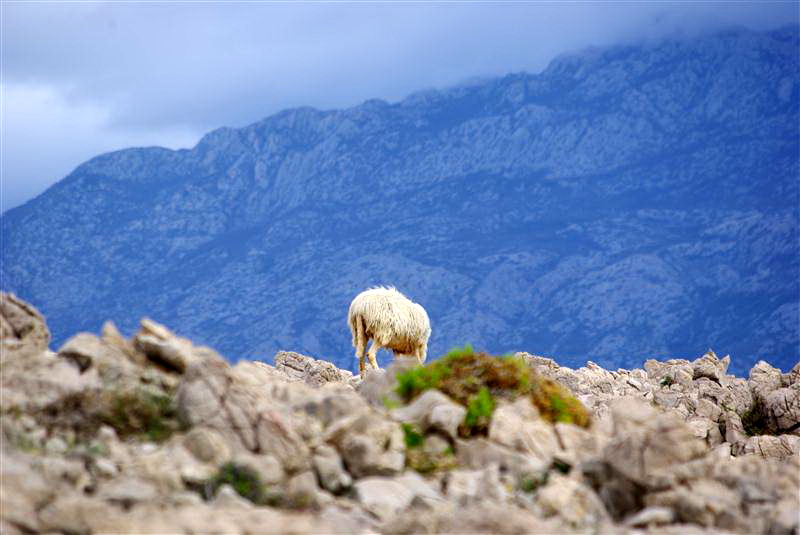
The meat of Pag lambs has a specific flavour because of the environment in which these indigenous sheep live and in which they feed. This is karst, a harsh rocky terrain in which various medicinal herbs grow; specifically, sage, a tiny sparse herb covered in a coating of sea-salt blown in by winter winds.
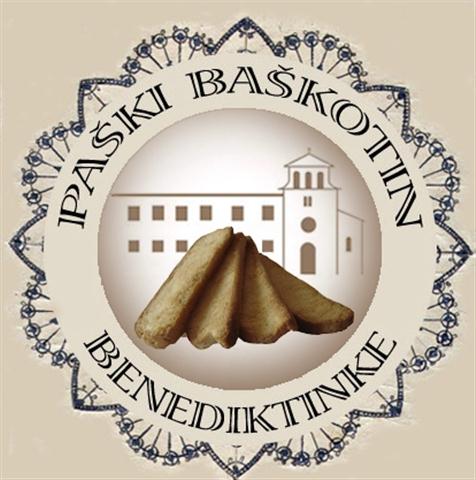
For centuries, the Benedictine Convent of St. Margaret in Pag has produced the baškotin – certainly the oldest local treat: a type of hard sweet toasted biscuit made according to a special convent recipe. The Benedictine nuns have nurtured the tradition of making the baškotin for over 300 years. Pag residents are very fond of it; in times past, they greeted guests with baškotini and white coffee, and any family celebration was considered unthinkable without them.
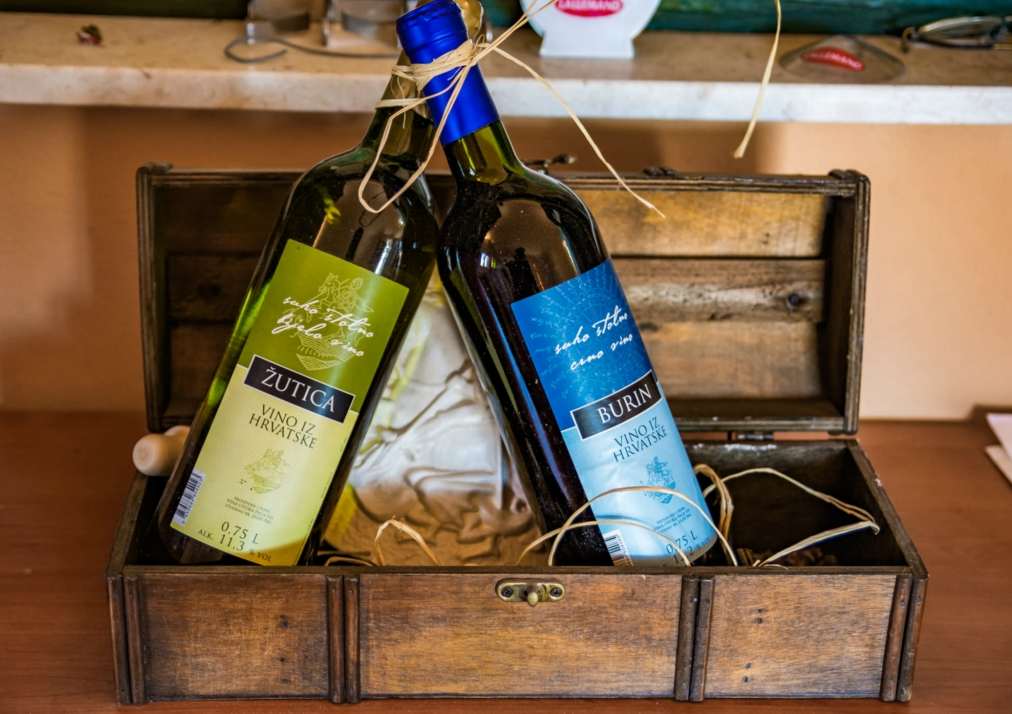
For centuries, the production of grapes and wine has been an important industry and a vital aspect of development on the island of Pag.
White wine made from several grape varieties has been produced on the island since ancient times, and was named “The Žutica of Pag” because of its deep yellow colour.
The main variety for wine production has been Gegić, the island’s leading variety.
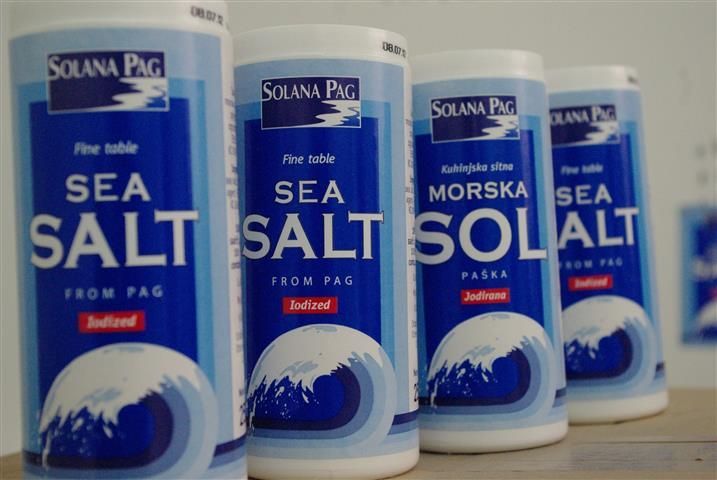
Salt, along with lace, is the white gold of the town of Pag. The island’s salt pans are among the oldest in the eastern Adriatic seaboard, first mentioned in 10th-century chronicles.
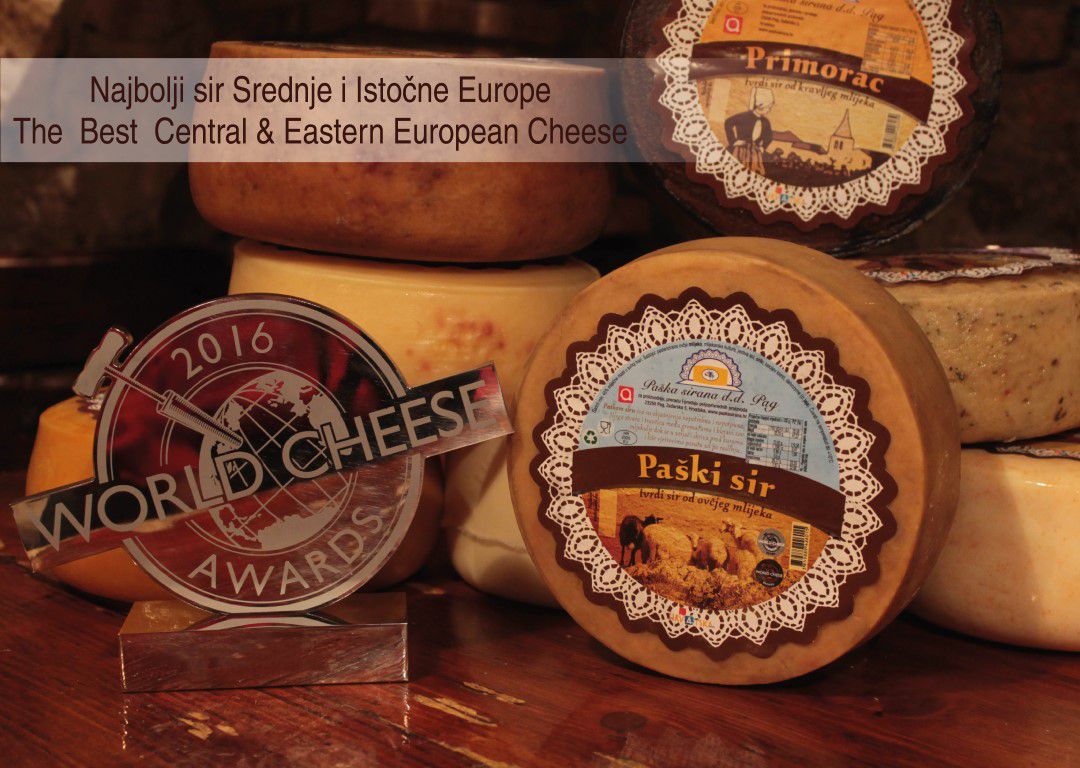
Besides lamb, cheese is the best known culinary brand from the island of Pag. It is made exclusively from the milk of the indigenous sheep of Pag. When the winds blowing off the Velebit massif sprinkle sea salt over the local vegetation, the Pag sheep, feeding on these salted plants and medicinal herbs, produce milk with a very unique flavour and aroma.

